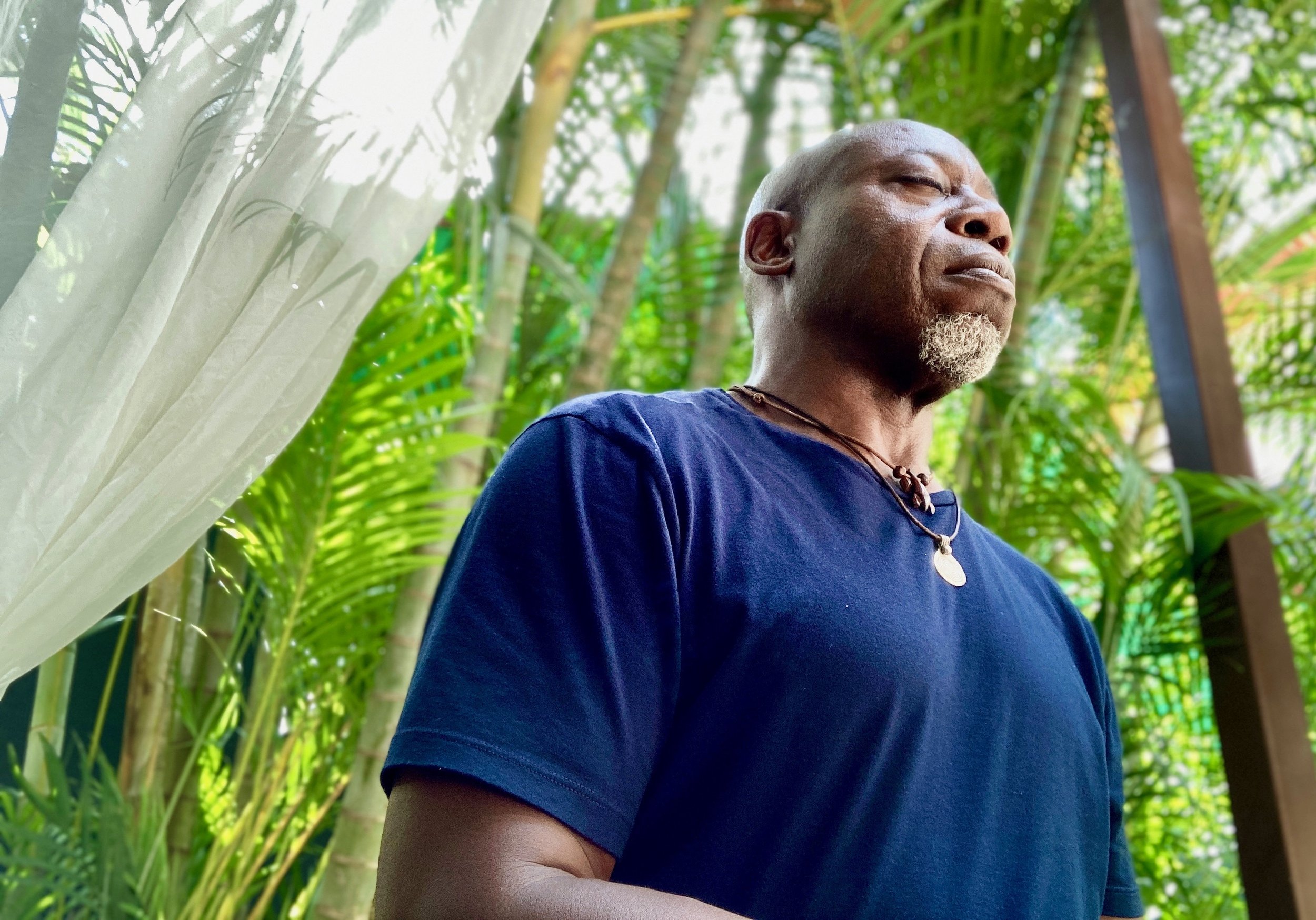Stillness Work and Practice
Stillness Practice and The Still Life
The importance of being still on purpose is found in many of our most important traditions, practices and beliefs. For thousands of years it has played a central role in yoga, meditation, religious belief, philosophical approaches, human traditions, and more. Our biology requires stillness for us to function at our best. It is how we upgrade ourselves according to 3rd century Chinese philosopher Lau Tzu. He’s not alone either. 2nd century stoic and Roman Emperor Marcus Aurelius wrote that stillness leads to internal equanimity.
Here’s what we find in Stillness Work:
We anchor to the present.
We engage our felt experience.
We feel our connection to everything.
We discover what aligns best with us.
We draw the blueprint for the life we need to have.
We improve mentally, physically, emotionally and spiritually.
Practicing Stillness
In Stillness Practice the body is the tool to filter and interpret the world it senses and feels. After all, our body’s over 7 trillion nerves point to our ability to sense, emote and feel as a primary way that we engage, understand and navigate ourselves, our lives and our world.
In Stillness Practice we deliberatively still the body to actively be in the body’s felt experience. It’s a somatic practice that helps us:
Develop skillfulness in living according to what we sense, emote and feel
Access the integrated wisdom of body and mind
Enter a peaceful, calm and flow state
Be positioned for the best outcomes
Improve brain function, have a healthy body, control emotions and deepen spirituality
The Still Life: Your Key to Self-Improvement and Purposeful Growth (Stillness Practice)
I teach, train and guide individuals and groups in stillness practice. Reach out to me today to start your own practice of stillness. You’ll discover the life that you actually need, not the one that you think that you want. If The Still Life is for you, click here!

